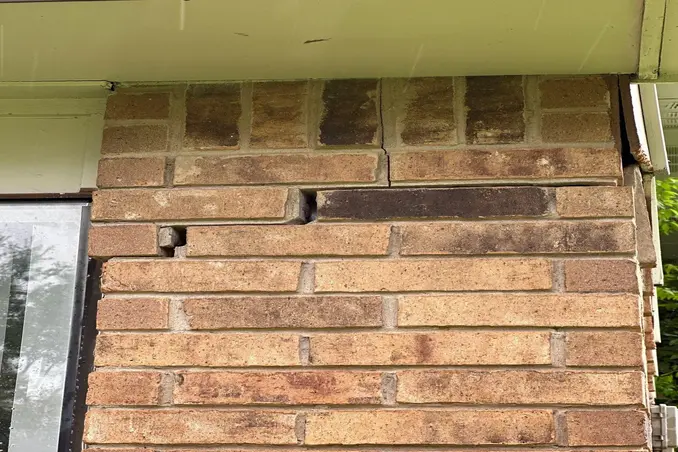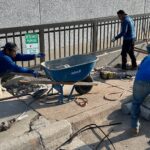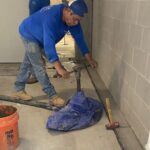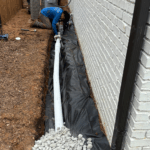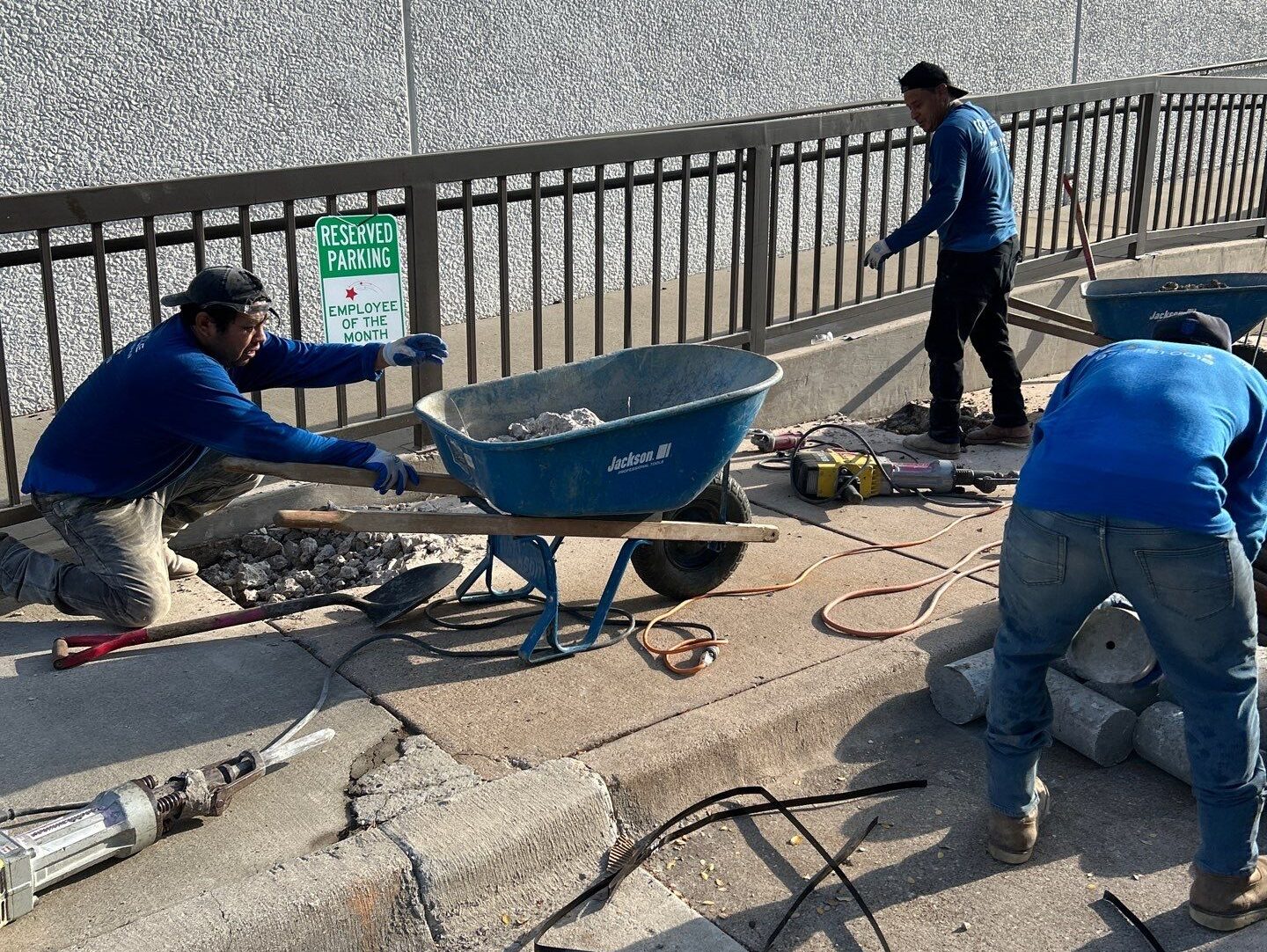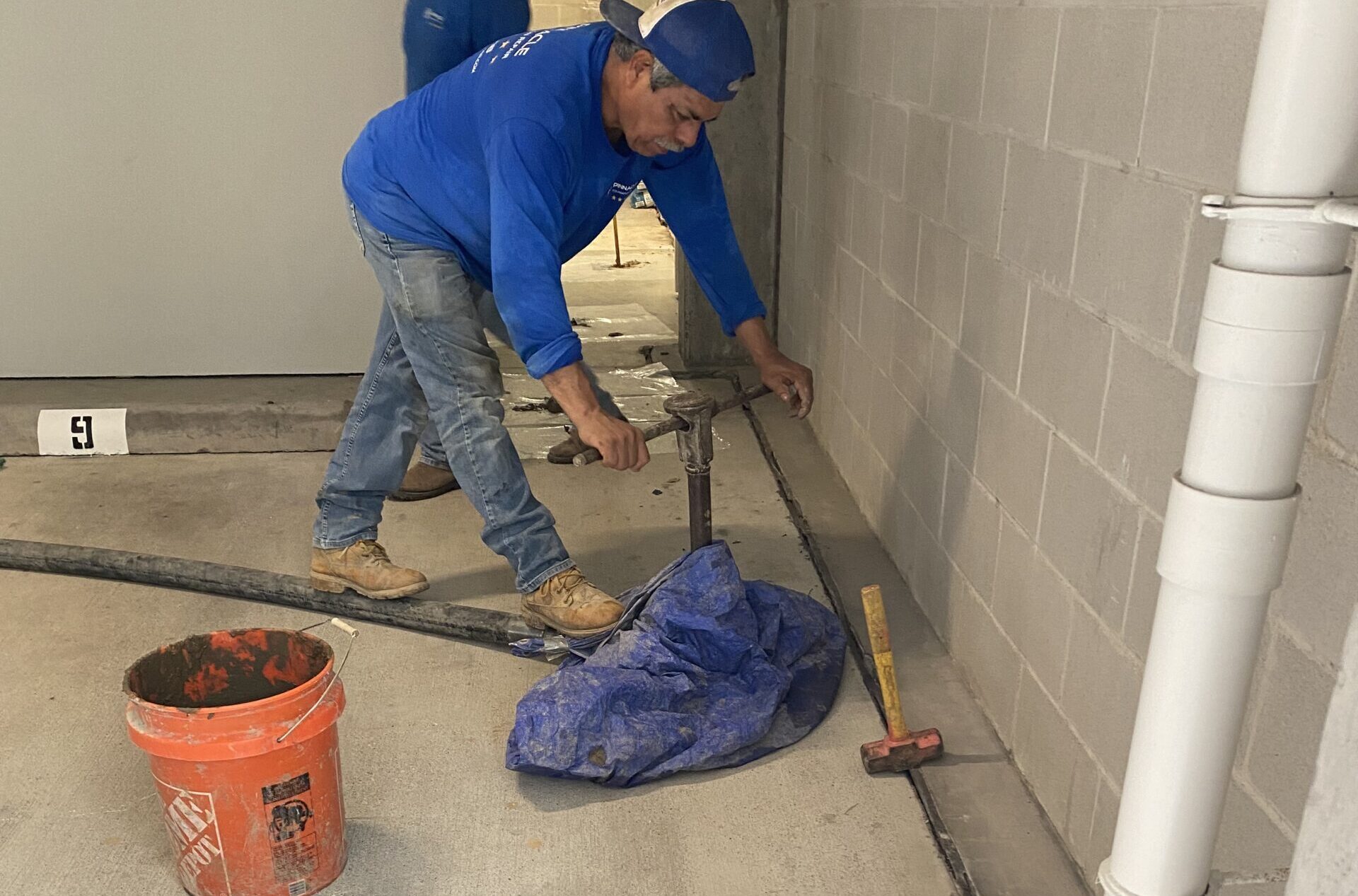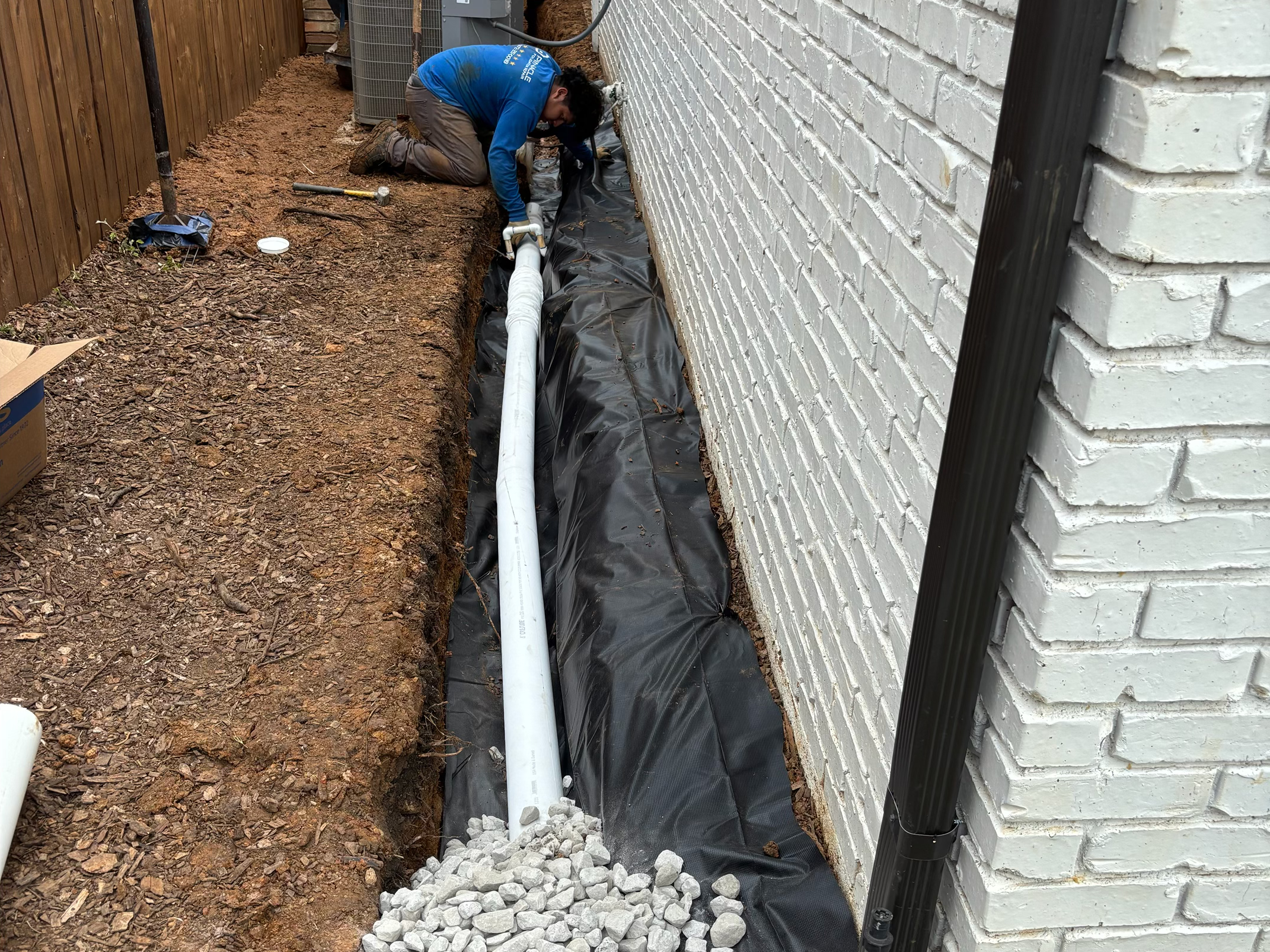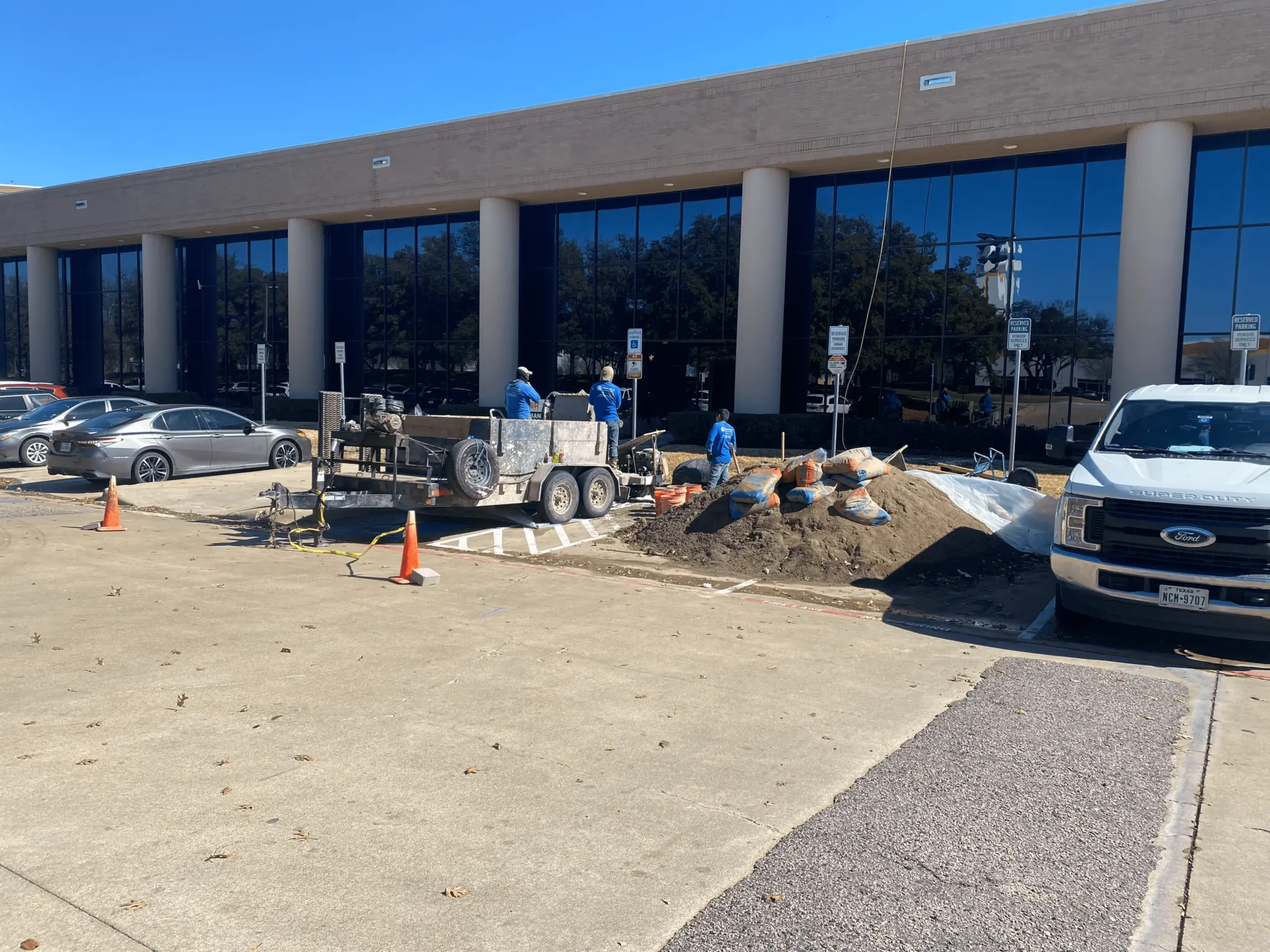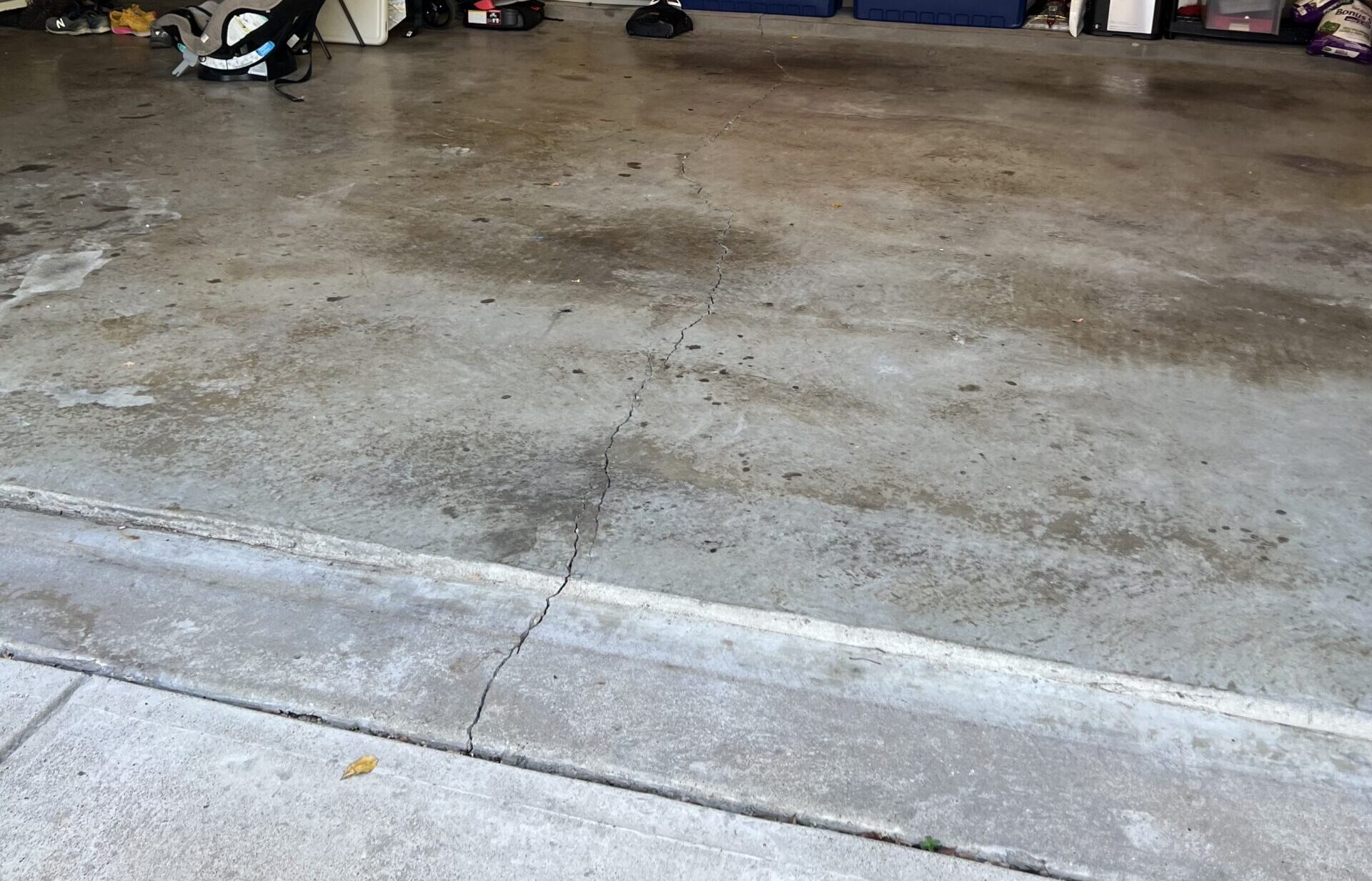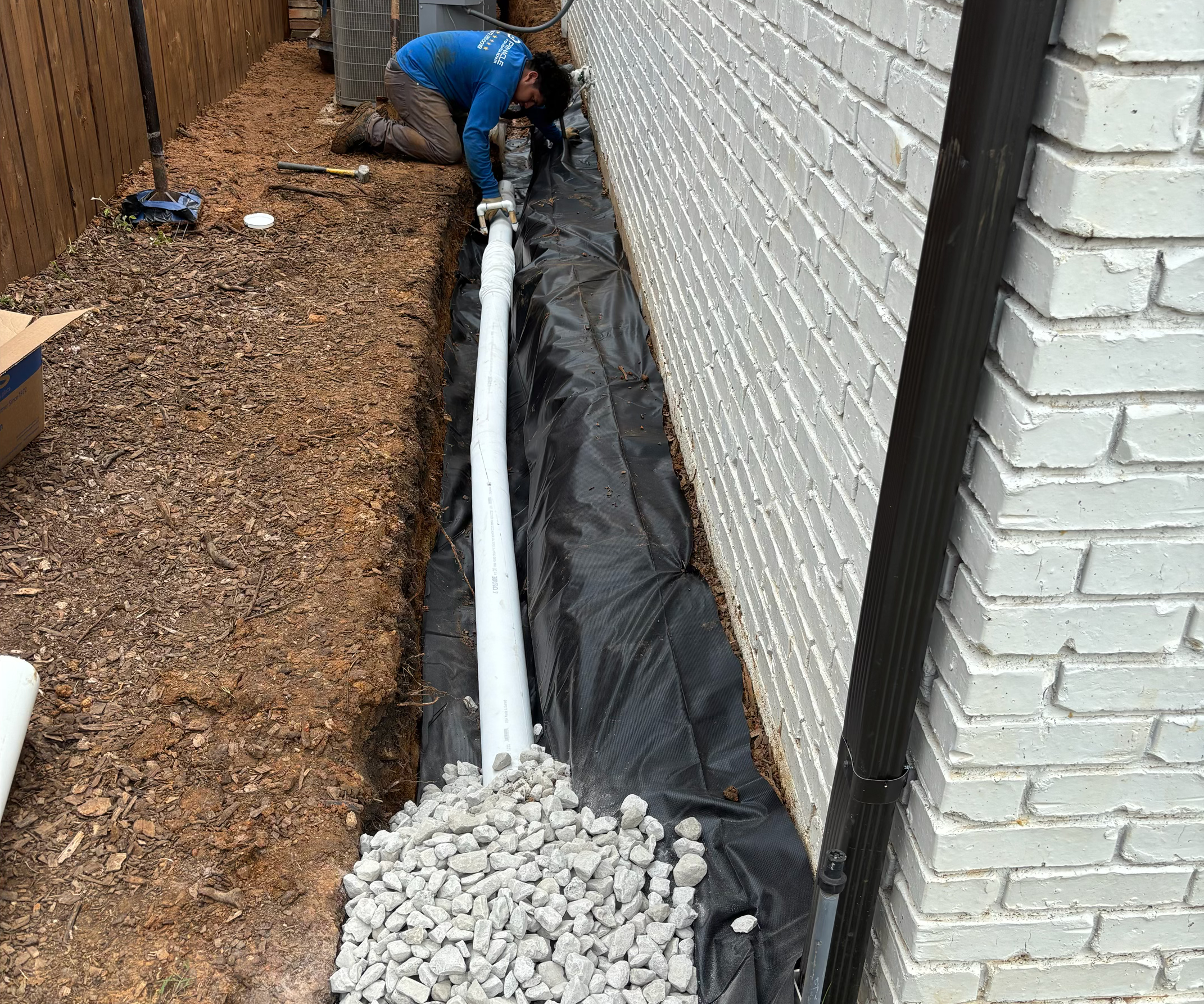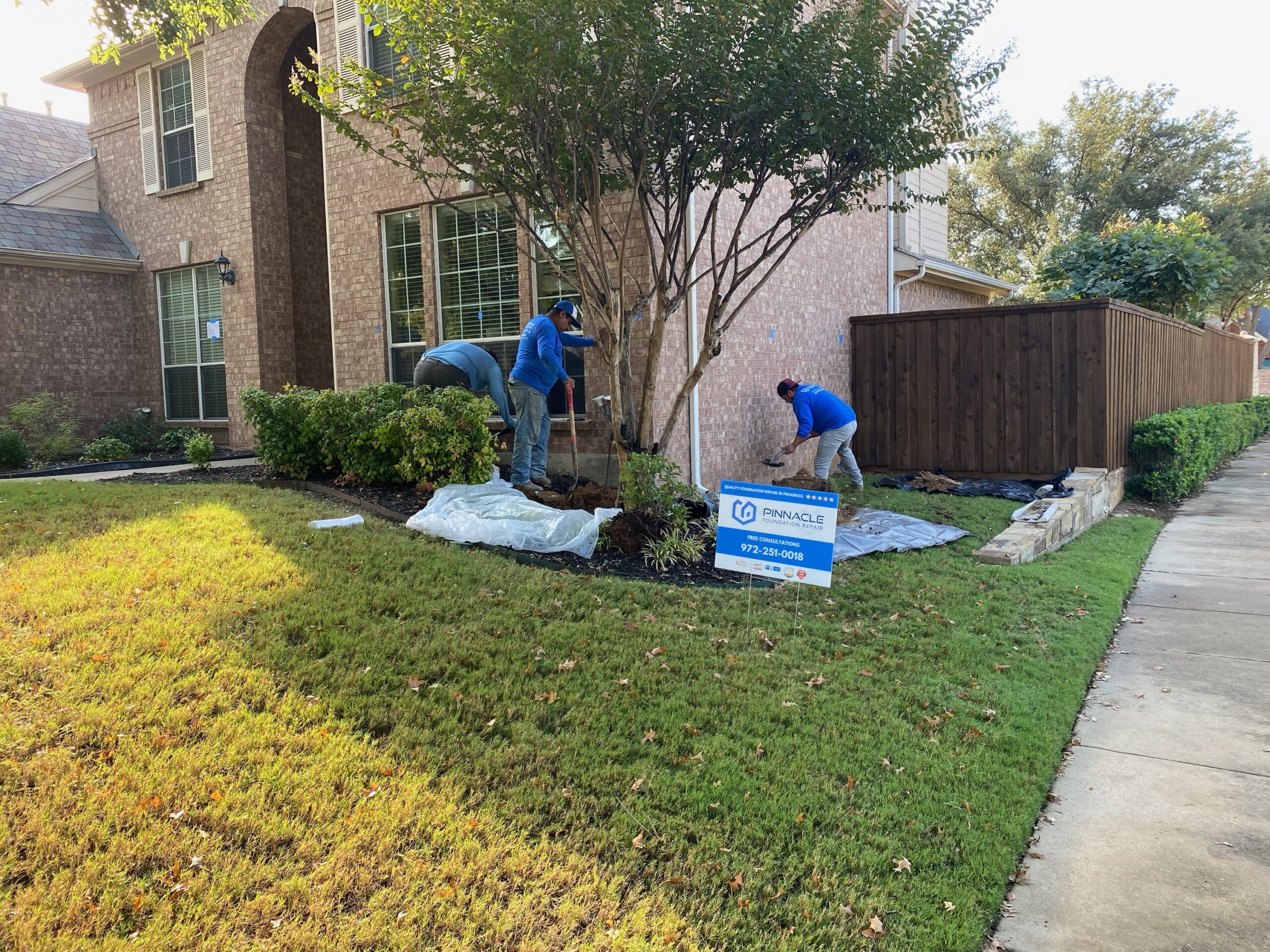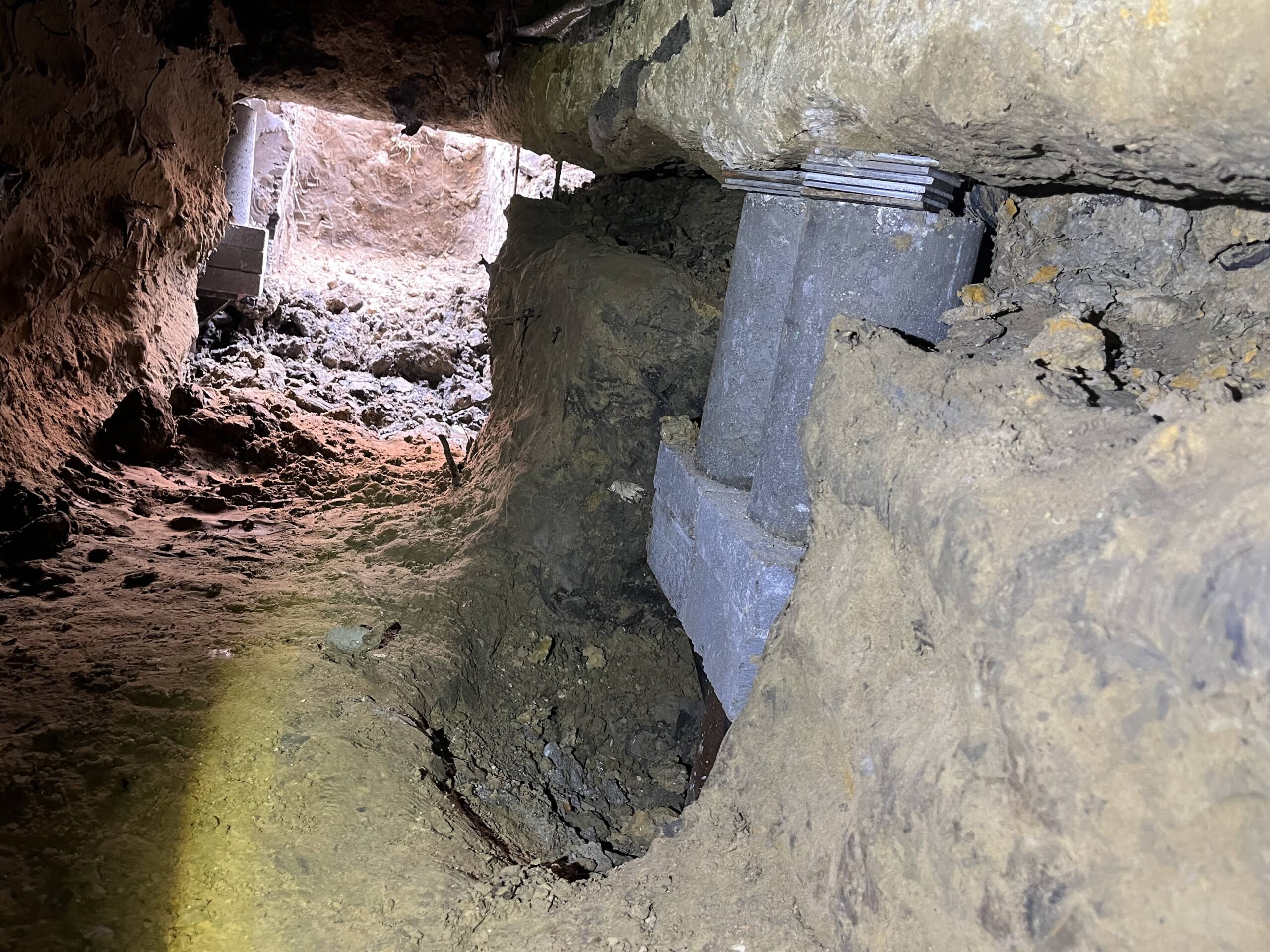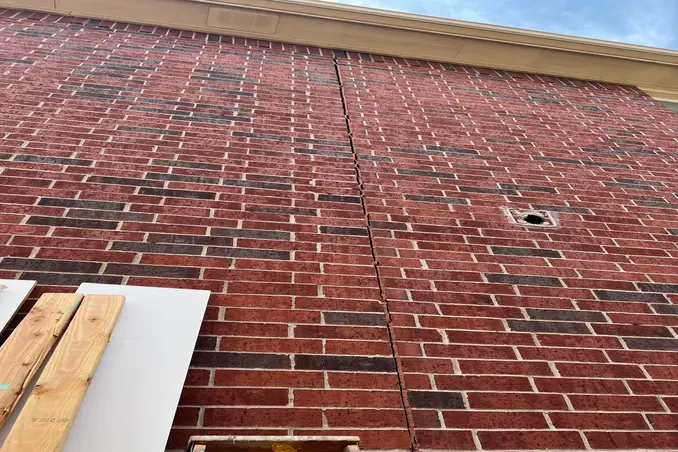Cracks in the wall. Doors that stick. Uneven floors that were level a year ago. These might seem like minor annoyances, but they’re often the first signs that your foundation is starting to settle.
In Texas, foundation movement is common, but that doesn’t mean you should ignore it. Left unchecked, a settling foundation can lead to costly structural damage and long-term headaches.
Understanding how to identify the issue — and knowing your repair options — is the first step toward protecting your home or business.
What Is Foundation Settling?
Foundation settling is the downward movement of a structure as the soil beneath shifts or compresses. Some amount of natural settling is expected over time, but uneven or excessive settling can cause structural problems. These problems can be serious and often require professional repair.
What Causes Settling?
In the Dallas-Fort Worth area and throughout much of Texas, soil movement is a common culprit of foundation settling. The region’s expansive clay soils swell during wet seasons and shrink during dry ones. This creates movement that can stress even a well-built foundation.
The most common causes include:
- Expansive clay soil reacting to moisture changes
- Poor drainage or plumbing leaks under the slab
- Inadequate soil compaction at the time of construction
- Tree roots drawing moisture from the soil
- Seasonal droughts or flooding
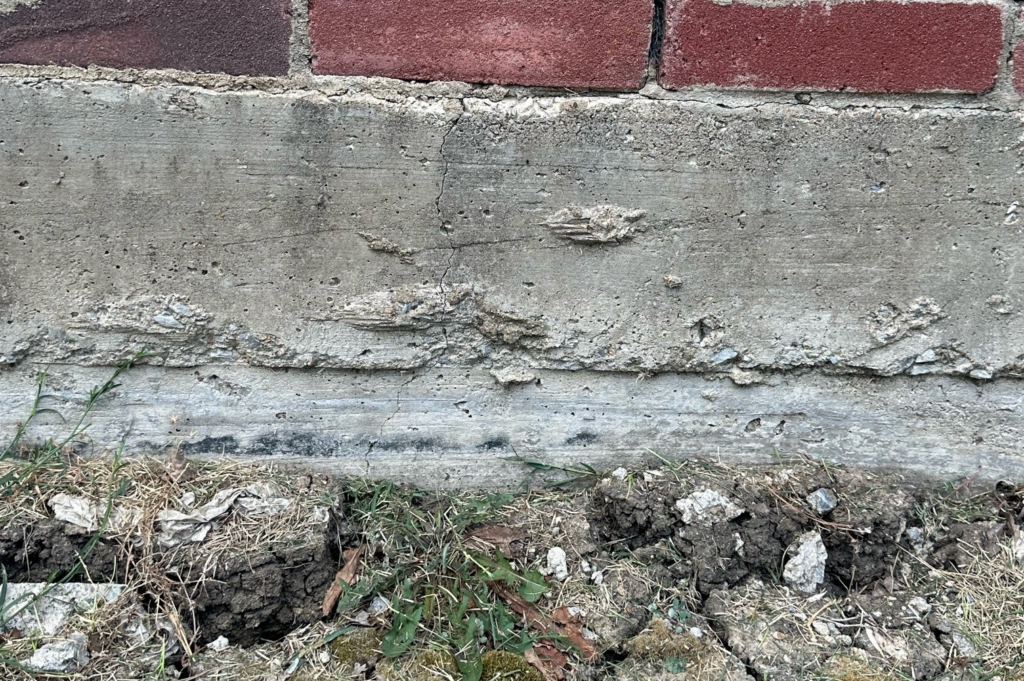
Signs Your Foundation is Settling
It’s not always obvious that your foundation is shifting. However, when this happens, you’ll usually notice subtle signs that point to a deeper issue, including:
- Cracks in interior or exterior walls
- Doors and windows that stick or won’t close
- Gaps between walls, ceilings, or floors
- Sloping or uneven floors
- Stair-step cracks in bricks or foundation walls
- Separation around chimneys or porches
How to Fix a Settling Foundation
Foundation repairs aren’t a one-size-fits-all sort of thing. The best solution depends on your property’s structure, soil conditions, and severity of settlement. The most common and effective repair methods include:
Steel Pier Installation
Steel piers are considered the gold standard for permanent foundation stabilization. These high-strength piers are hydraulically driven deep into the ground until they reach stable, load-bearing strata, bypassing weak or shifting soil layers entirely.
Once installed, the weight of your foundation is transferred onto the steel piers, preventing further settlement and often lifting the foundation back to its original position. These piers work well for slab foundations, commercial buildings, and properties with deep or highly active soils.
Advantages:
- Extremely durable with long-term performance
- Minimal disruption to landscaping or structures
- Works well in a variety of soil types, including North Texas clay
Concrete Pressed Piles
Concrete pressed piles are precast concrete cylinders driven into the soil beneath the foundation using hydraulic pressure. This method is widely used in Texas due to its cost-efficiency and compatibility with local soil conditions.
While not as deep-reaching as steel piers, pressed piles are very effective in many residential settings. They’re great for residential slab foundations, especially those in clay-rich soils.
Advantages:
- Budget-friendly with fast installation
- Proven success in many Texas homes
- Limited excavation required
Helical Piers
Helical piers look like large screws and are mechanically advanced into the ground. They’re particularly effective for lighter structures or areas where soil conditions prevent the use of driven piers.
This method is often used in pier and beam homes, crawl spaces, and additions, where access is limited or load requirements are lower. These are excellent for lighter commercial buildings, pier and beam homes, decks, and porches.
Advantages:
- Minimal soil disruption
- Installs quickly, even in confined spaces
- Provides immediate load-bearing support
Mud Jacking & Slab Jacking
Unlike pier systems that address deep structural settlement, mud jacking and slab jacking focus on surface-level concrete lifting. These methods involve pumping a slurry or expanding foam beneath sunken concrete to raise it back to grade.
Though not suitable for structural foundations, they’re a great solution for flatwork that’s settled over time, like sidewalks, patios, driveways, porches, and garage floors.
Advantages:
- Less invasive than pier systems
- Quick results with minimal downtime
- Cost-effective for non-structural issues

Temporary vs. Permanent Foundation Repair Methods
Not all foundation repair methods offer the same level of long-term stability. Some are considered temporary fixes, such as mud jacking or cosmetic crack repairs, which may address symptoms without solving the underlying problem.
By contrast, permanent solutions like steel piers or helical piers are designed to stabilize the structure for the long haul by reaching deeper, more stable soil layers.
Understanding the difference between temporary and permanent repairs can help you make better decisions for your property, especially when evaluating estimates or comparing contractors.
A Word of Caution: DIY Isn’t the Answer
It can be tempting to patch cracks or relevel doors yourself, but these fixes only mask the symptoms. Without understanding the root cause of your foundation movement, cosmetic repairs won’t last and, in some cases, might even worsen the issue. Unless you’re trained in structural diagnostics and repair, it’s best to consult a professional before making any changes.
When Should You Call a Professional?
If you’re seeing signs of foundation settling, it’s best to act sooner rather than later. Minor issues can escalate quickly in Texas’s expansive soils, and the longer repairs are delayed, the more extensive (and expensive) they become.
Because of this, it’s a good idea to have your foundation evaluated by a professional. A professional assessment can confirm the cause of the movement and, just as importantly, determine whether repairs are actually needed.
If you live in Texas, you’re already dealing with one of the most foundation-challenging environments in the country. From long droughts to flash floods, seasonal shifts can stress your foundation in ways that aren’t always immediately obvious.
Even if you’re not ready to start repairs, getting a baseline evaluation can help you monitor changes over time. This proactive step can help prevent unexpected repairs and rising costs.
Protecting Your Property Starts Below the Surface
Foundation settling is a common challenge across Texas, but it doesn’t have to become a major crisis. By learning to recognize the signs early and understanding the available solutions, you can take action before the damage spreads.
Whether you’re managing a commercial structure or maintaining your family home, staying informed is your first line of defense. If you’re unsure about the signs you’re seeing, consider scheduling a free foundation evaluation with our team at Pinnacle Foundation Repair. A small step today could prevent a large (and costly) one tomorrow.

